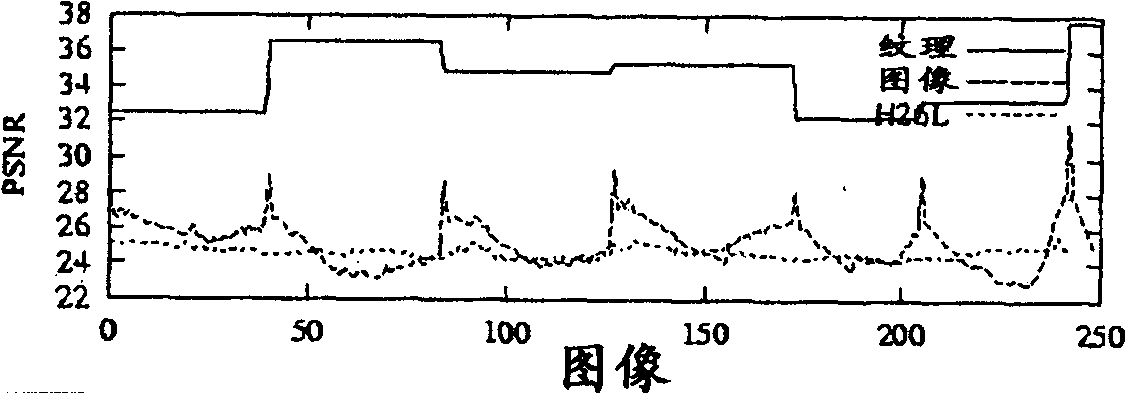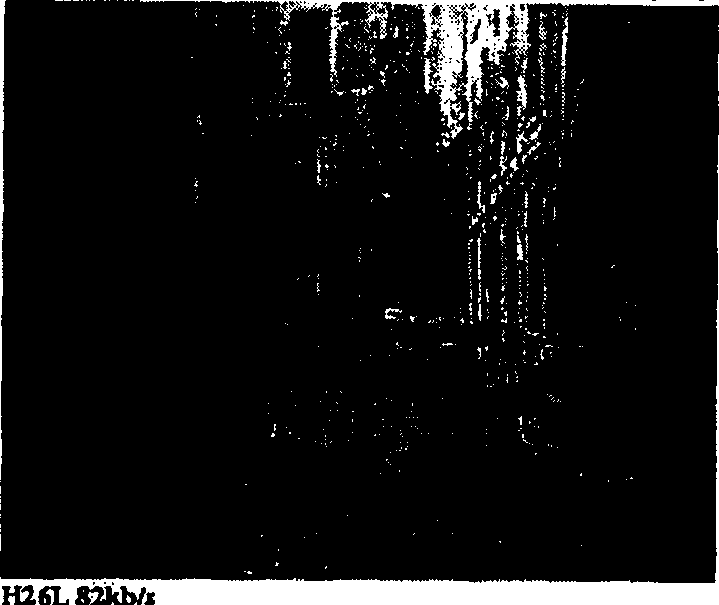Method of representing a sequence of pictures using 3d models, and corresponding devices and signal
A three-dimensional model and screen technology, which is applied in the fields of digital video signal modification, image communication, instruments, etc., can solve problems such as inappropriateness, and achieve the effect of improving redundancy.
- Summary
- Abstract
- Description
- Claims
- Application Information
AI Technical Summary
Problems solved by technology
Method used
Image
Examples
Embodiment Construction
[0111] The general principle of the invention is based on extracting a corresponding 3D model stream of vertices associated with an irregular grid, adapted to the content of the picture sequence and taking into account the irregular grid of the previous 3D model.
[0112] refer to Figure 4 , one can simply recall the general principle of reconstructing a video sequence with the aid of a 3D model.
[0113] We study a real scene, in which case an object 41 (teapot in this text) is photographed (42) by a camera 43 . No assumptions are made about the nature of the camera, which may be a mass-produced consumer product, nor about the acquisition parameters of the video sequence.
[0114] After the video sequence has been digitized 44, a sequence of pictures 45 called the original sequence is obtained.
[0115] By analysis 46 of this raw sequence, at least one 3D model 47 (of a plurality of 3D models according to the invention) is created from which a sequence of pictures 49 can b...
PUM
 Login to View More
Login to View More Abstract
Description
Claims
Application Information
 Login to View More
Login to View More - R&D
- Intellectual Property
- Life Sciences
- Materials
- Tech Scout
- Unparalleled Data Quality
- Higher Quality Content
- 60% Fewer Hallucinations
Browse by: Latest US Patents, China's latest patents, Technical Efficacy Thesaurus, Application Domain, Technology Topic, Popular Technical Reports.
© 2025 PatSnap. All rights reserved.Legal|Privacy policy|Modern Slavery Act Transparency Statement|Sitemap|About US| Contact US: help@patsnap.com



